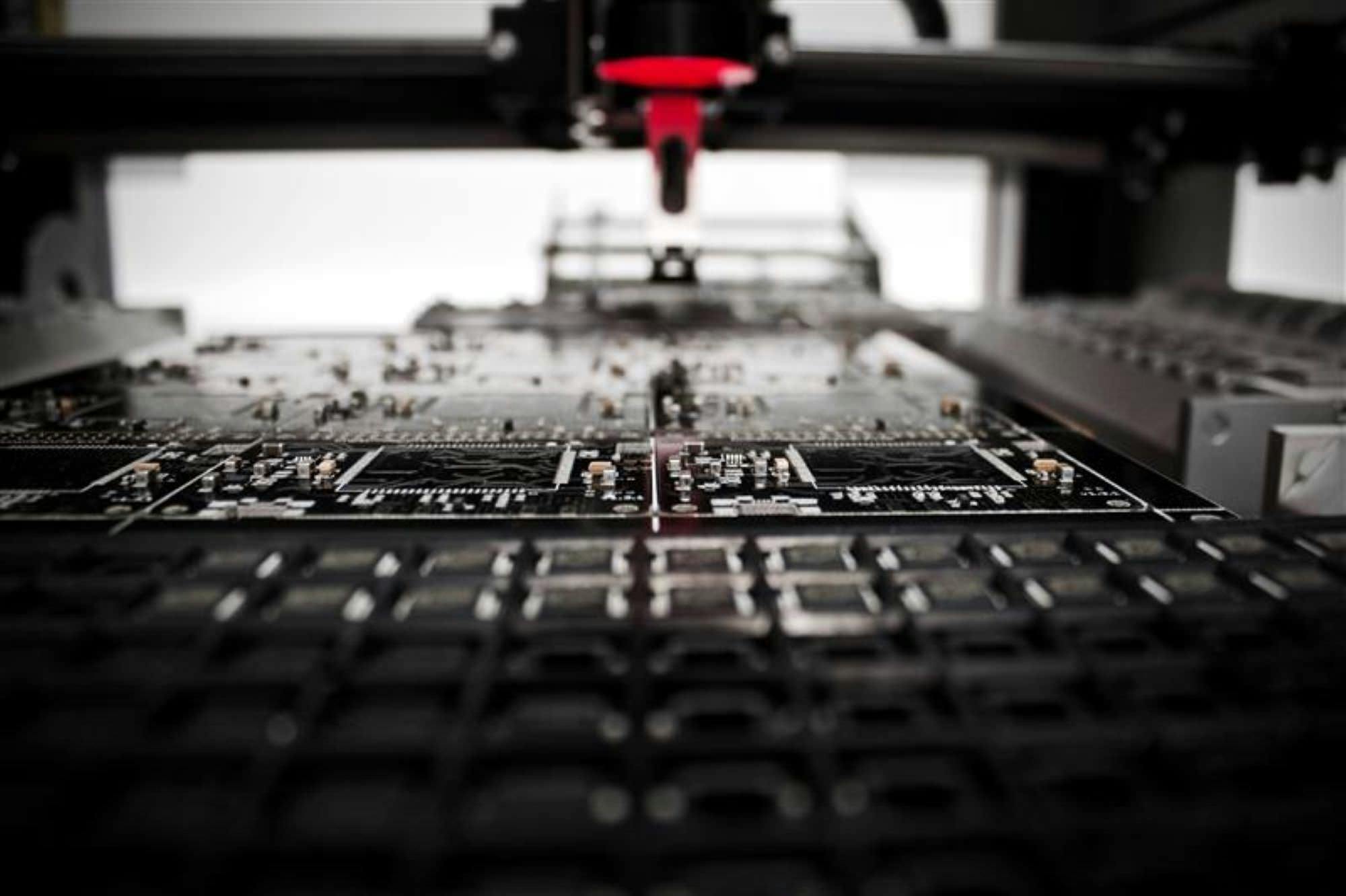Of MGBs and multidisciplinary machines
Repairing the complicated carburator of a 1974 MGB convertible is a good reminder that multidisciplinary design produces better products.
Of MGBs and multidisciplinary machines
I was given a personal example of the power of a multidisciplinary approach to innovation a few weekends back when I found myself coincidentally working on very similar parts of cars built in two very different eras.
Let me explain. I own a 1974 MGB, a venerable albeit somewhat unreliable British convertible that has never run particularly well but recently began to stall and stutter even more alarmingly than usual.
Faced with a clearly sick car, I ran down a checklist of the MG’s typical mechanical maladies and traced the problem, with some trepidation, to an inability to properly set the fuel mixture. I say trepidation because the fuel mixture on an MGB – as was the case with all cars of that era - was controlled by a mechanical contraption known as a carburetor.
A million little pieces
Just a tiny bit of quick and overly simplified background. In basic theory, the job the carburetor is fairly straightforward. It mixes gasoline with air in order to create a balanced, more combustible mixture. Gasoline in its liquid form is surprisingly inflammable – but when it’s atomized in a fine mist into air in just the right proportion, it becomes the perfect fuel for driving the internal combustion engine. Any kid who has sprayed his mom’s hairspray past a lighter (not that I ever did that mind you) gets a pretty dramatic example of the impact of mixing fuel, air and flame. That’s the role for the carburetor – atomizing gas and mixing it with air. Sort of like a perfume sprayer. When you press down on the accelerator pedal, a cable opens up a valve in the carburetor allowing more air and fuel to mix and flow into your engine. Simple.
Simple in theory - but in practice for a car to run well it’s necessary to make fine adjustments to this mixture and flow rate, depending ideally on engine speed, load, ambient conditions, performance, whether or not you’re just trying to start, etc. In the 1974 MGB, this is brilliantly accomplished via an entirely mechanical carburetor. The necessary adjustments to fuel and air are all remarkably made via a Rube-Golberg-esque series of pistons, dashpots, springs, levers, needles, and magic pixie-dust. Well I made the last one up. I think.
As a mechanical engineer I can say that the MGB carburetor is an intimidating, magnificent and brilliant piece of engineering. Magnificent, brilliant, inspiring and entirely problematic. Unfortunately, as clever as the mechanical carburetor is, all that mechanism means a fair amount of cost, complexity and its associated reliability woes, which brought me to last weekend’s teardown and rebuild project. Even experienced MGB mechanics have been known to weep when faced with having to tinker with the carburetors. And ONE carburetor wasn’t enough for the engineers at Morris Garages – Noooo. They needed to add a second for good measure.
How many parts are there in an MGB carburetor? A hundred? A thousand? A million? Who knows. All I know is that I lost the better part of a day on this project – carefully photographing like an archeologist preserving a historic site, slowly disassembling, cleaning, replacing a few worn parts and then slowly reassembling the unit. When my car started again at the end of the day, I was thrilled and frankly somewhat surprised.
Computers, complexity and better cars
As a complete coincidence, that very same weekend I found myself making some adjustments to the throttle body on our Design Concepts race car – a 1996 Dodge Neon that we race in the CHUMPS endurance race series
We were trying to get some performance increases, which involved a bit of playing around with the throttle body. The job of the throttle body is substantively similar to that performed by the carburetor. Automotive purists will cry foul at that statement; the reality is that the job of fuel mixture control has been offloaded to another device – the fuel injector. But the throttle body has the same basic valve, connected via a cable to your accelerator pedal and helps regulates the amount of air and consequently fuel headed into your engine.
How many parts are there in the throttle body for a 1996 Dodge Neon? Oh, about 10.
So what happened between 1974 and 1996? Computers – that’s what happened. More precisely, microprocessor control of a range of functions in cars including the fuel mixture. Many people often lament the increase in complexity in cars over the years. And that’s undeniably true. A typical modern car has close to 30,000 parts – far more than 1974. Included in that count are often over 75 microprocessors. These individual computers control everything from engine performance and braking to your radio, temperature and navigation system.
Shade tree mechanics will complain that cars have become so complex you can’t work on them anymore. But what can be easily lost in this complaint are the remarkable gains in performance, features and reliability that have been made. Sure there was some cost and complexity initially added for sensors, actuators and computers. But once the engineers got computer control of the fuel ratio and spark in a car, all manner of performance improvements and adjustments that had previously been only a dream suddenly became entirely possible. In fact, relatively easy. A modern car seamlessly adjusts fuel mixture and spark dynamically, hundreds of times a second based on a remarkable range of parameters. With some equally remarkable benefits.
Consider the following comparison:
- My 1974 MGB was purportedly a performance sports car. It has a 1.8-liter engine, generated 97 horsepower. This took a 2,100-pound car from 0-60 mph in about 12 seconds and got about 22 MPG. I think it had a one-year warranty and required a carburetor tune-up every 12,000 miles.
- My 2012 daughter’s Chevy Sonic has a 1.4-liter engine and generates 140 horsepower. All the modern features and crashworthiness mean the car weighs in at around 2,900 pounds – about 800 more than the MGB. In spite of this, her Sonic travels 0-60 in about 8.5 seconds and gets 34 MPG. It has a 5five- year warranty and aside from needing to replace the spark plugs every 60,000 miles, there’s not much you need to do to keep the combustion process happily combusting away.
Smaller engine, more power, faster and better mileage from a heavier car - and more reliable.
Better products from fewer boundaries
What made this all possible, aside from the logical advances in technology is an erosion in the typical boundaries between mechanical and electrical engineers. In 1974, all the engineers at MG had to work with were mechanical principles. And they did a stellar and remarkable job. But by 1996, the promise of computer control meant that jobs typically given exclusively to mechanical engineers could now be shared across the electromechanical spectrum. And the benefits have been profound. That same opportunity plays out daily across a range of products – and it’s not just between electrical and mechanical engineers. Novel technologies, design solutions and collaboration methods mean revisiting traditional boundaries and roles and responsibilities. The advent of the maker movement has given rise to an entire generation of youth who appear to move nimbly between electrical, mechanical and software disciplines – only to be forced into more traditional roles later by our educational system.
Unfortunately, many organizations, as well as our educational institutions, still have a highly siloed approach to innovation management. And this still leaves opportunities unrecognized.
Here at Delve, we’ve worked hard to create a true multidisciplinary approach to innovation. That’s because the most creative and effective solutions to problems in innovation don’t always respect the boundaries we place on our design teams and their expertise. It might be worth taking a look at your organization and your products in light of this. Who knows – maybe there’s a new solution out there right in between your current teams and technologies.






